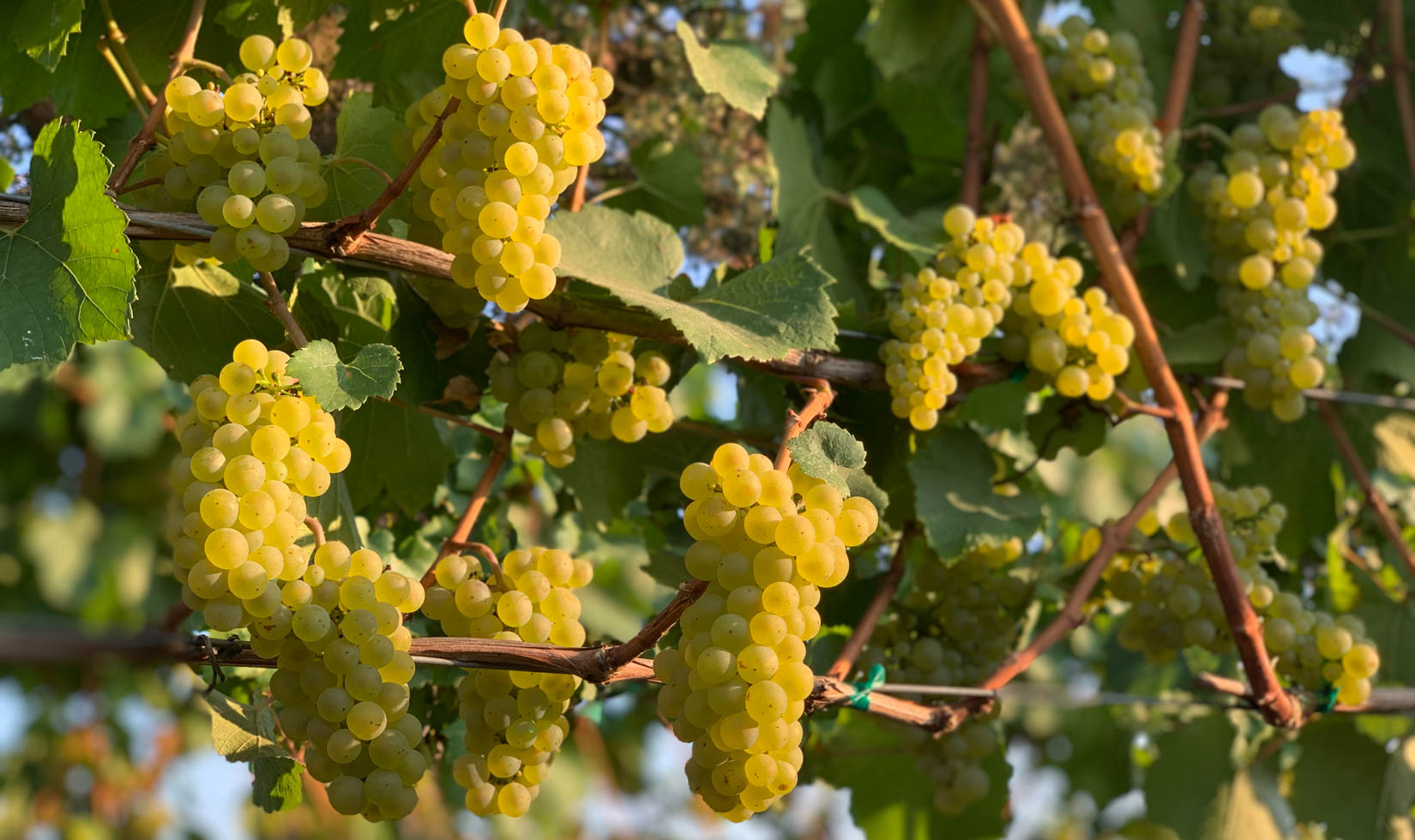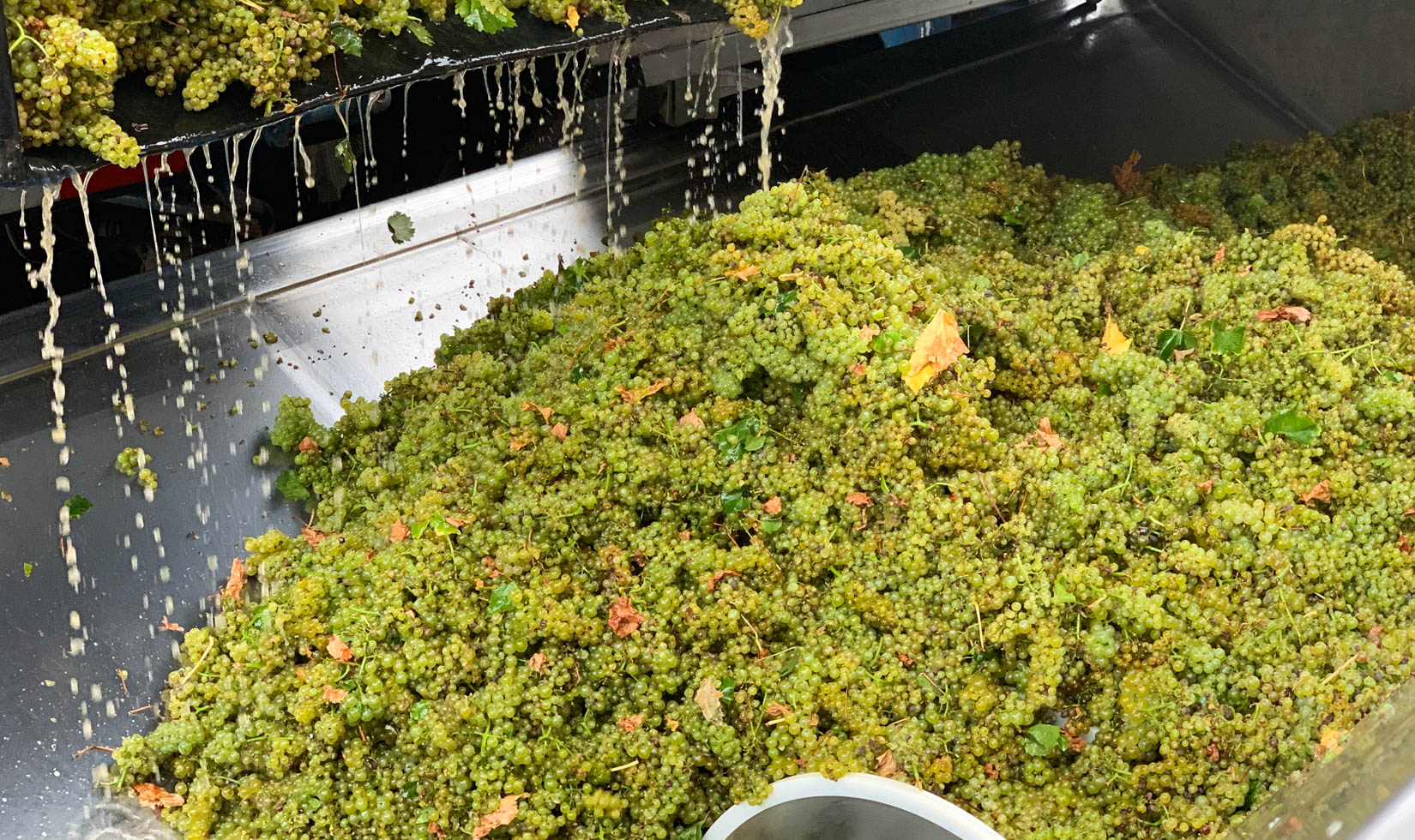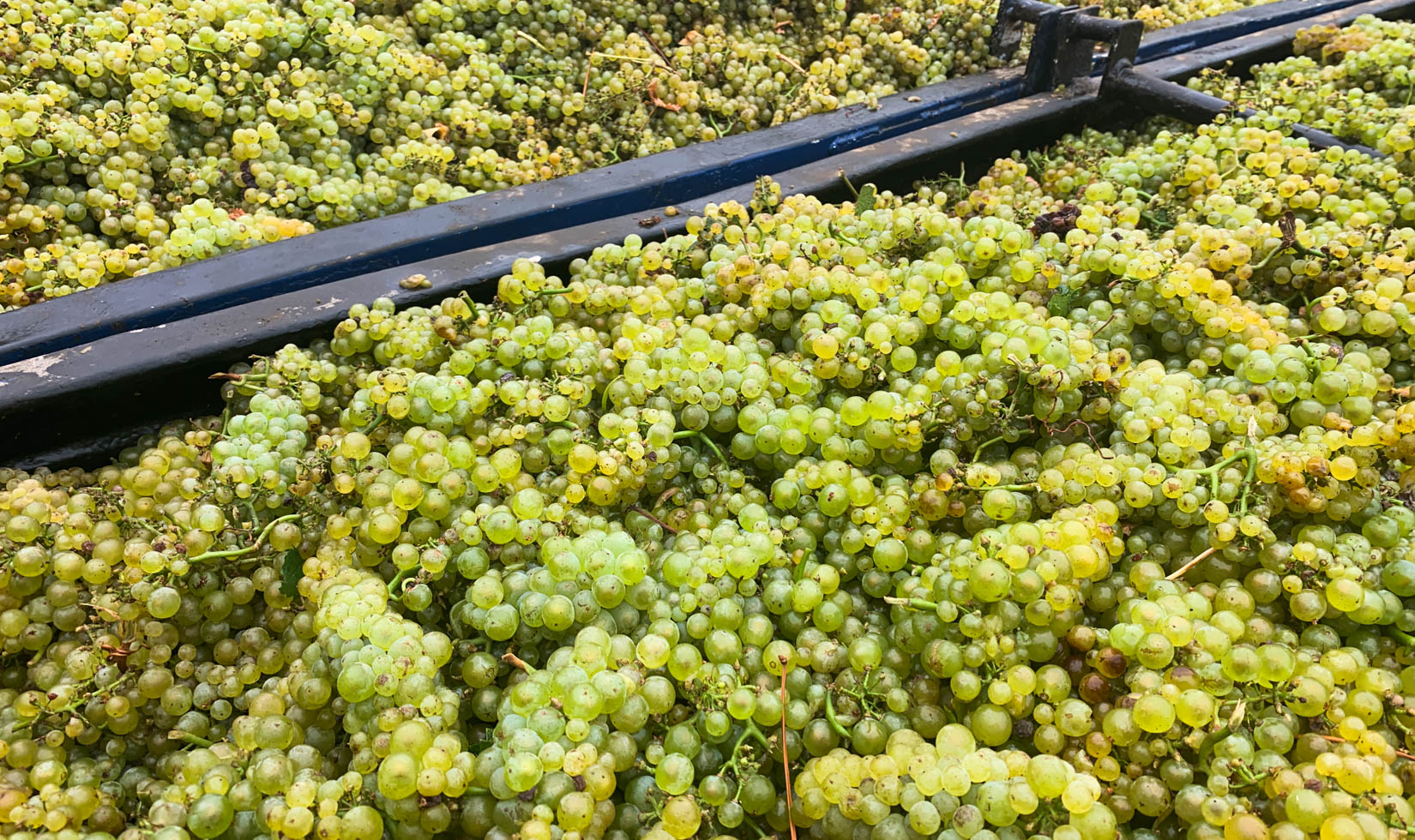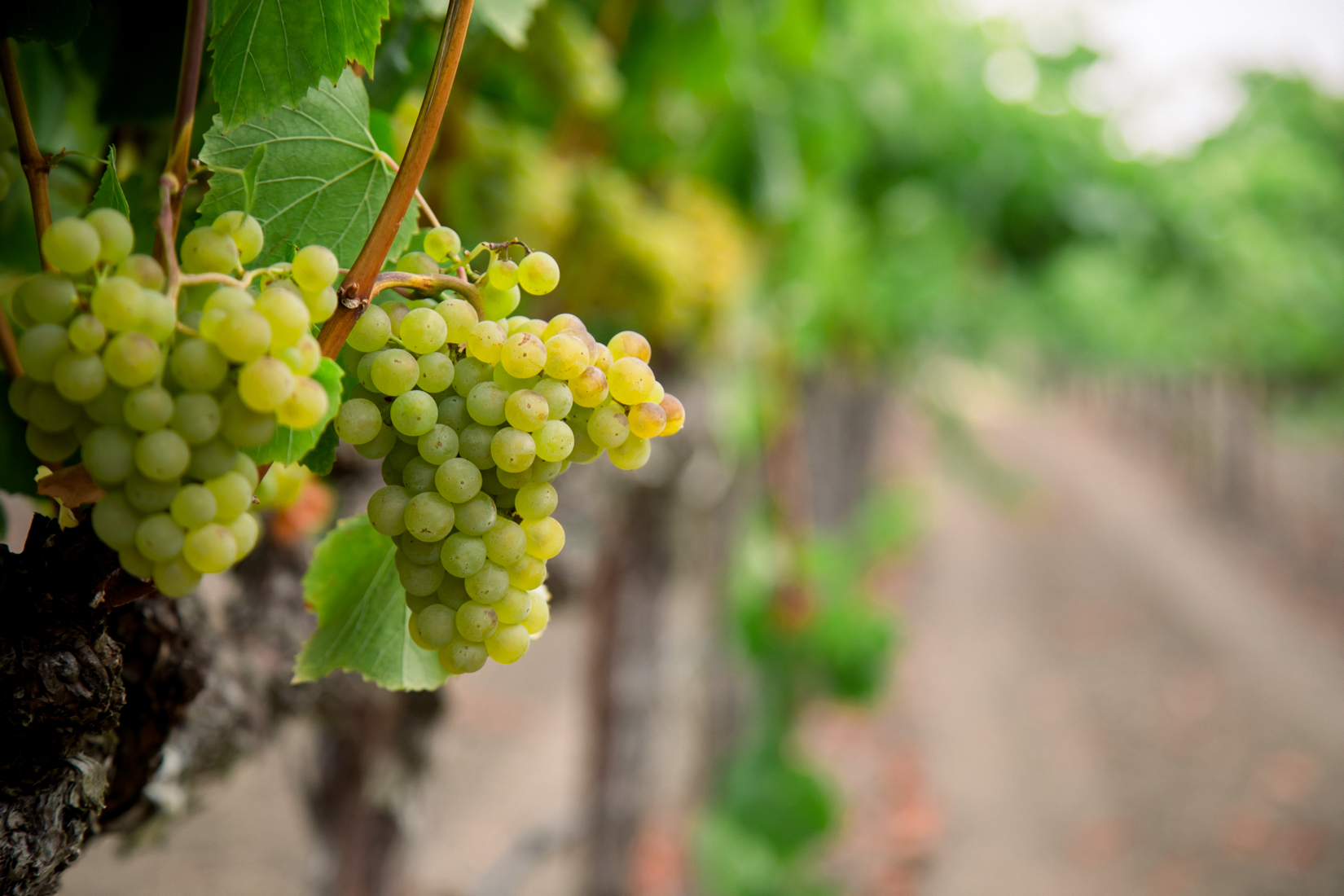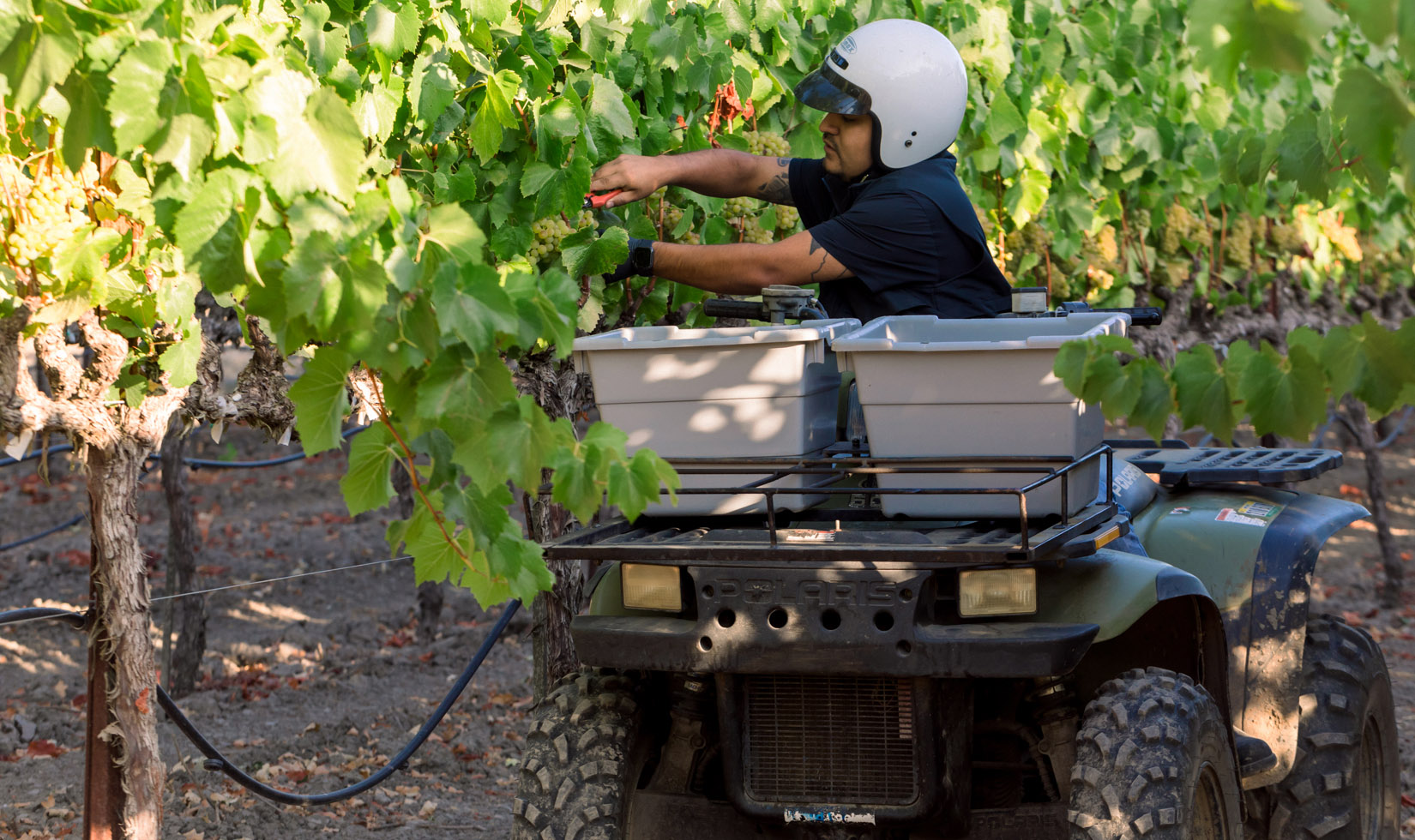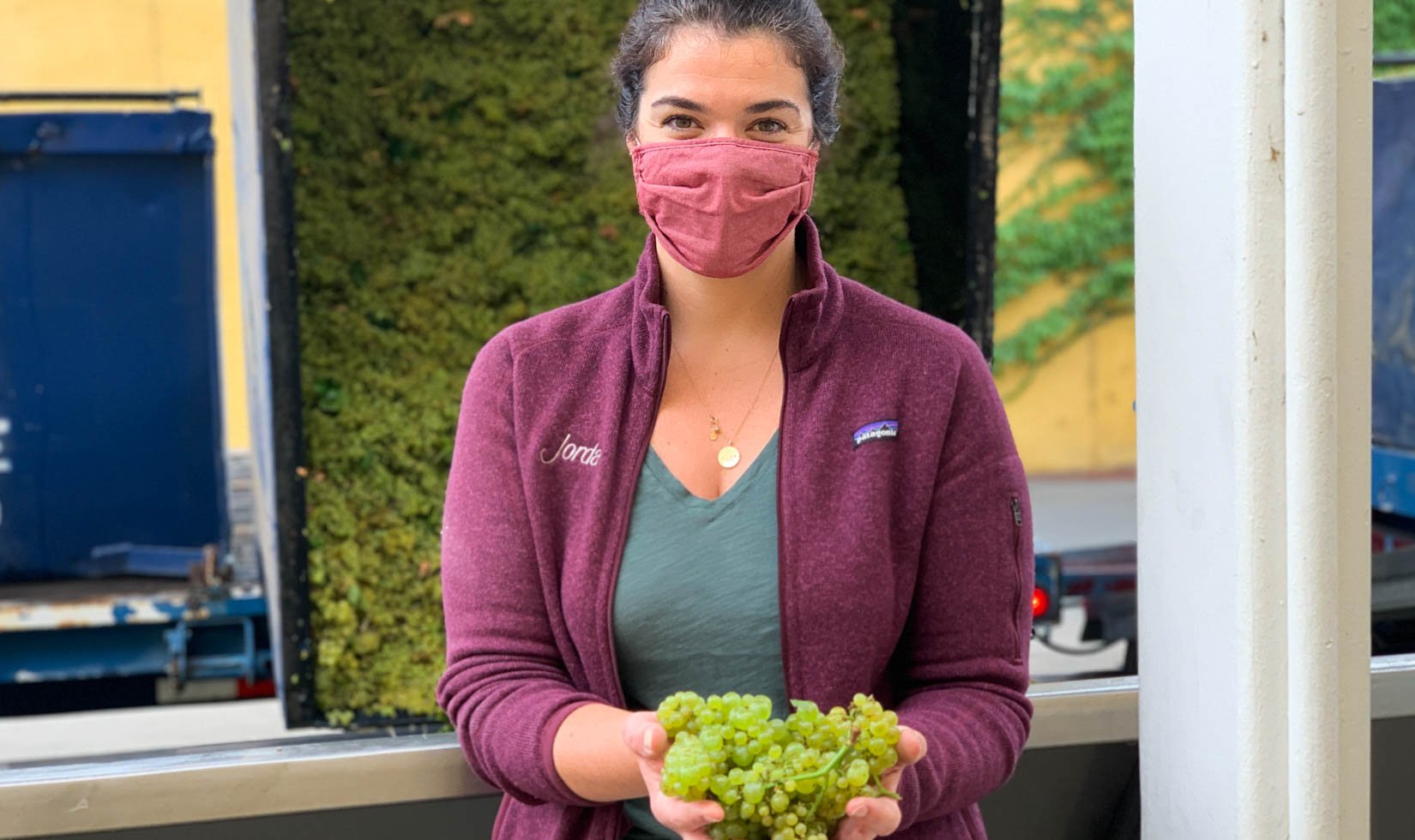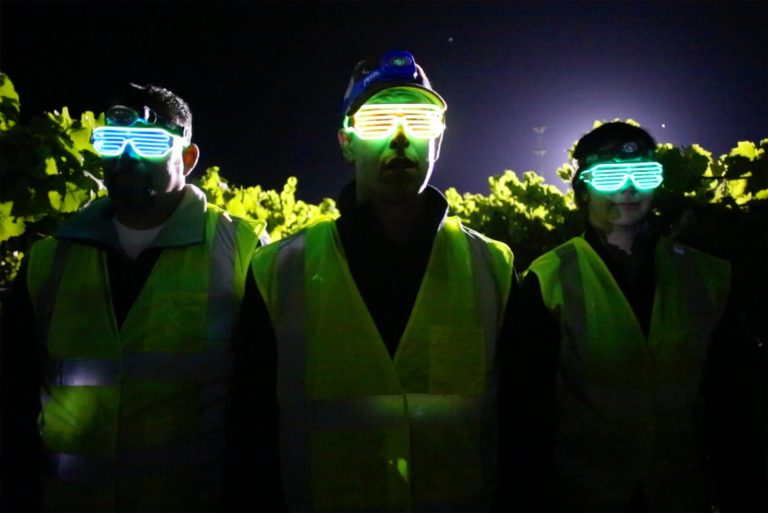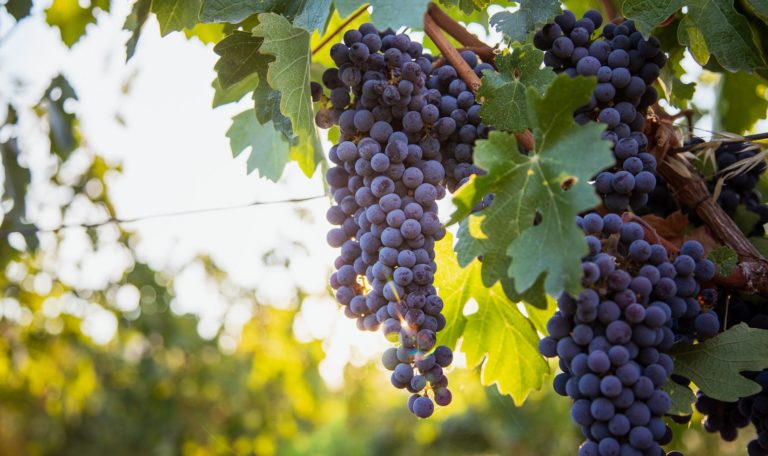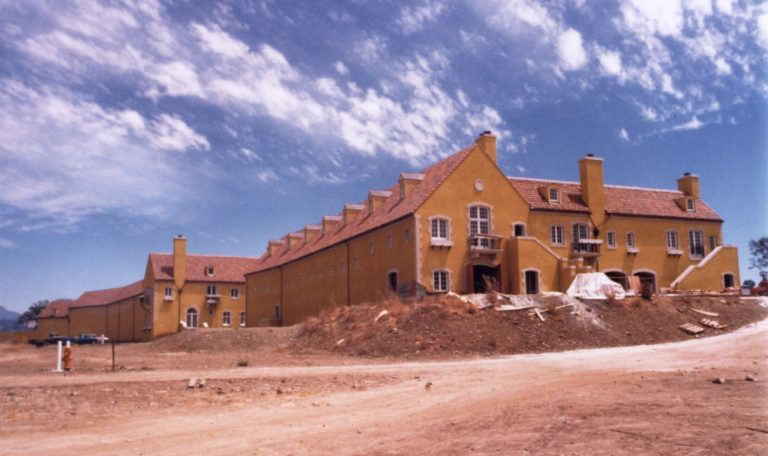Our 42nd harvest of Jordan Chardonnay grapes began in the wee hours on Wednesday, August 26. If you would have been standing at the hopper with me smelling the fresh fruit as it dropped from the gondolas just before sunrise, you would have never thought that one of winemakers’ worst nightmares seemed to be unfolding the week prior.
The last nine days have felt like months with wildfires burning slowly to the west of Jordan Winery in remote parts of Sonoma County. With the 2019 Kincade Fire still fresh in our minds, it has been a very stressful time for our community, especially because the Sonoma grape harvest has barely started—and we still have at least two months of fire season ahead of us. And if you’ve been watching the news reports, you might be wondering if the 2020 vintage should be canceled in the year of COVID meets catastrophe, but don’t dismiss the 2020 wines. Here’s why the 2020 vintage still shows great promise.
Sonoma County wine country had a warm winter with no real frost threat and a mild spring with an even fruit set. The summer was quite warm but with only a couple of short heat spikes, so our Russian River Chardonnay vineyards look very healthy, balanced and have very little to no sunburn. The Chardonnay crop is light—down about 20% than an average year—and Alexander Valley Cabernet Sauvignon crop is average in size but filled with really intense, dark fruit flavors. The vintage was on par to be a classic and still could be. The unusual lightning storm on August 16-17, which sparked the wildfires, has really been the only curve ball that Mother Nature has thrown us this growing season. The next round of lightning storms predicted last Sunday never transpired, and the upcoming forecast looks great—just like the grapes. We are all breathing a magnum-sized sigh of relief this week. Mother Nature never ceases to amaze, awe and inspire.
We sampled our first Chardonnay grapes on Monday, August 24, at our grower vineyard on Eastside Road in the Russian River Valley, and I was excited about the intensity of fruit flavors, aromas and acids in the grapes. Fruit at our grower vineyards on River Road also looks and tastes promising. We were so happy when the samples were free of smoke taint. We are continuing to be optimistic as we sample more Chardonnay vineyards and taste not only smoke-free fruit, but delicious fruit flavors with intense acidity.
Although there have been no indications of smoke taint, there is some ash on the fruit in a few vineyards. Falling ash was essentially a two-day event associated with the fire, and based on Grower Relations Manager Dana Grande’s observations of each Jordan grower vineyard, only those vineyards south of the fire experienced ash, and the farther south the vineyards, the less chance of ash. There have also been reports of some ash in vineyards east of the fire, but in her observations of Alexander Valley, she has seen minimal ash at Jordan Estate, which is amid a seven-year replant of all grapevines, and no signs of ash where Jordan sources the majority of its Cabernet Sauvignon grapes—east of Geyserville. This ash challenge was an easy one for our resourceful growers to nip. Spray guns, filled with air instead of water, are being used to add the precise pressure needed to blow the ash off the fruit before it is hand-picked into bins and loaded into gondolas.
After spending the last three days inspecting each vineyard in Russian River and Alexander valleys with Dana, I am very optimistic that we are going to come out of this nail-biter unscathed. Our growers have been working day and night to ensure that the best quality fruit is delivered to the winery is clean and pure. With our elegant house style of wine, there is nothing to hide behind. We can’t try to mask the fruit with more malo, higher alcohol or more tannin. The fruit speaks first in our wines, so the grapes have to be in great condition.
Alexander Valley is located several miles east/northeast of the Walbridge Fire, so there is less concern about significant impact from the fires. It is too soon to make predictions about the Cabernet Sauvignon harvest, as grapes tasted this week were estimated to be around 22 Brix. Cabernet Sauvignon, Merlot and Petit Verdot grapes need 3-4 weeks on the vine, but there’s plenty of good-looking fruit out there, and the crop is very well-balanced. But, out of an abundance of caution, because Jordan is known for its flagship Alexander Valley Cabernet Sauvignon, which accounts for 75% of the winery’s production, we are conducting several micro-ferment test experiments, based on typography and varietal, to see if there are any trace signs of smoke taint not detectable when tasting the grapes off the vine. A few pounds of Cabernet Sauvignon and Merlot grapes from vineyards at different elevations, locations and micro-climates were picked and placed in individual vessels to ferment before sensory and laboratory analysis in a few days.
Cool, foggy mornings have returned this week, and the air quality is good from early evening to mid-morning in the Healdsburg area, which means it is a safe and desirable conditions for hand-picking Russian River Chardonnay at night. We have picks scheduled through the weekend, and expect to continue Chardonnay harvest through the next two weeks. It’s also important to point out that the fires were located in only three of the 18 wine regions in Sonoma County, so most farming activities have been able to continue as planned.
2020 is also special harvest for me–despite the stress that this year has brought to everyone, including working moms like me who are also juggling homeschooling. It’s my 15th harvest at Jordan and my first as head winemaker for the entire growing season. The first day of harvest was also the first day on the job for Matt Spence, who is following in his father’s footsteps in operations at Jordan. Tim Spence started on the Jordan bottling line in 1989 and worked his way up to Director of Facilities & Operations. Both of Tim’s sons now work alongside him. What a crazy year to commemorate special occasions—it’s certainly a vintage we all will never forget.
Stay tuned for regular 2020 Sonoma grape harvest updates on Instagram, Facebook and Twitter. We’ll post another blog once Cabernet Sauvignon harvest is underway.
